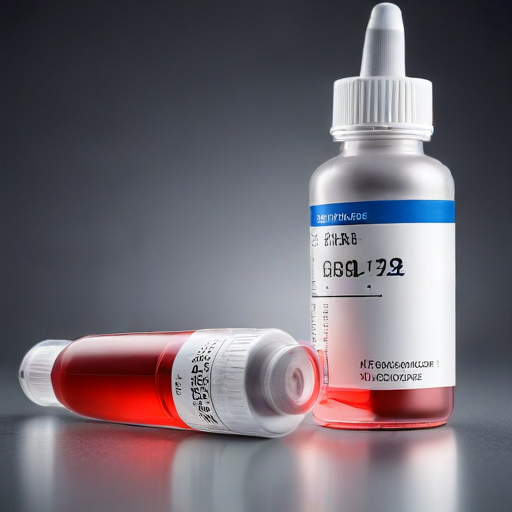The use of GLP-1 medications, originally designed to treat type 2 diabetes, is experiencing a notable shift. Recent research published in the Annals of Internal Medicine reveals that the percentage of non-diabetic patients being prescribed these drugs is increasing, while prescriptions for diabetic patients are on the decline. This trend, noted by researchers from Cedars-Sinai Medical Center and others, has raised alarms regarding potential shortages of these important treatments.
GLP-1 drugs, which function by imitating a hormone that regulates blood sugar and reduces appetite, were initially approved for diabetes management. However, following the FDA’s approval in 2021 for the weight loss treatment Wegovy, there has been a surge in demand. Currently, both major manufacturers of GLP-1 drugs, Eli Lilly and Novo Nordisk, are facing challenges to meet this escalating demand, which includes medications such as Zepbound, Mounjaro, Wegovy, and Ozempic.
The study analyzed data from 45 million American medical records between 2011 and 2023, revealing that the proportion of new GLP-1 users with type 2 diabetes dropped significantly from nearly 90% to over 70%. Conversely, the share of new users without diabetes rose from 10% to 25% during this same period.
Co-first author Yee Hui Yeo emphasized the implications of the findings, stating that more healthcare providers are recognizing the benefits of GLP-1 medications for obesity treatment, which marks a significant public health shift. However, this development introduces concerns about ensuring access for diabetes patients who rely on these medications.
Despite the challenges of rising demand, which have been reflected in skyrocketing sales, transforming these companies into some of the world’s most valuable pharmaceutical entities, there is a hopeful narrative. The global market for these drugs is projected to reach $105 billion by 2030, with an anticipated adoption rate of about 31.5 million people in the U.S. by 2035, indicating a growing recognition of their potential benefits. With ongoing investments to increase production, there remains optimism for wider access and availability of GLP-1 treatments in the future.
